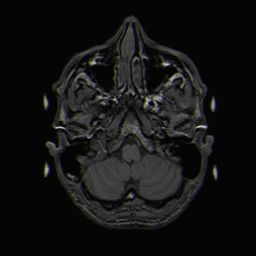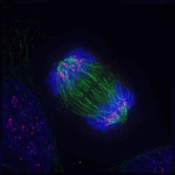Difference between revisions of "Stimulating Hypothesis"
(→Stimulating Hypothesis) |
(→References) |
||
| Line 18: | Line 18: | ||
<br><br><br><br> | <br><br><br><br> | ||
====References==== | ====References==== | ||
| − | 1. PMID 18984149 | + | 1. Kelleher RJ 3rd et. al. '''The autistic neuron: troubled translation?'''Cell. 2008 Oct 31;135(3):401-6. PMID 18984149 |
| + | 2. Rubenstein JL.'''Three hypotheses for developmental defects that may underlie some forms of autism spectrum disorder.'''Curr Opin Neurol. 2010 Apr;23(2):118-23. PMID 20087182 | ||
Revision as of 15:34, 25 March 2010
Stimulating Hypothesis
The stimulating hypothesis says that the imbalance between inhibitory and excitatory synaptic currents causes ASD. A central component in this theory are the variants in Neuroligins and Neurexins that have been found in ASD probands. Neuroligins and Neurexins are likely to be the centrally organizing molecules for excitatory glutamatergic and inhibitory GABAergic synapses in the mammalian brain. Studies have shown that mutant mice with the R451C Nlgn3 mutation have increased GABAergic synapses and inhibitory currents. In addition, MeCP2 knockout mice, Caps2 knowckout mice, mice exposed to prenatla valproate treatment, and many other models have imbalances of inhibition and excitation.1
It is unknown whether these changes represent changes in synaptic signaling, or are just responses from a change in homeostasis. However, given that many of the susceptibility genes in ASD affect synapse formation signaling. Additionally, several of the genes also affect cortical interneurons.2
 Neuroimaging
Neuroimaging
 Genetics
Genetics
Animal Models
References
1. Kelleher RJ 3rd et. al. The autistic neuron: troubled translation?Cell. 2008 Oct 31;135(3):401-6. PMID 18984149 2. Rubenstein JL.Three hypotheses for developmental defects that may underlie some forms of autism spectrum disorder.Curr Opin Neurol. 2010 Apr;23(2):118-23. PMID 20087182